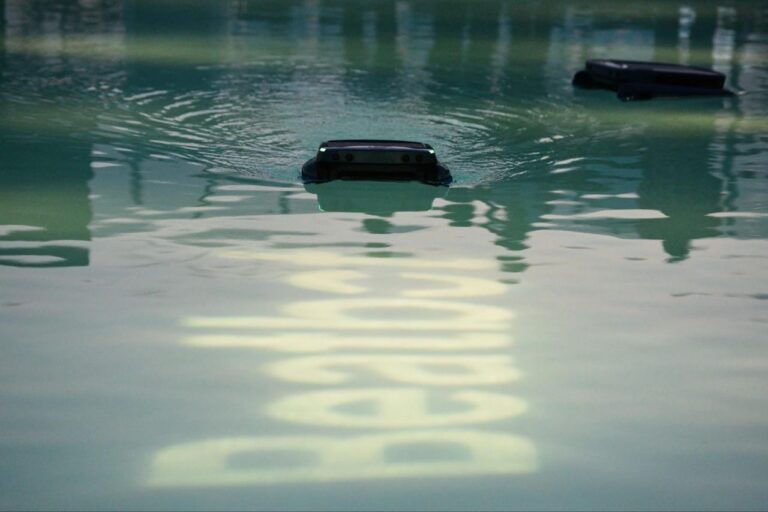Use the Correct Pool Filter Setting When Vacuuming Your Pool. The Right Way to Vacuum Your Pool Having a clear understanding of how your filtration system works with these cleaning devices is key whether you use a traditional pool vacuum or a robot pool cleaner. In this blog, we will talk about the best pool filter settings when vacuuming, especially when using a pool robotic pool cleaner or other options for vacuum cleaners for the pool, such as the Beatbot AquaSense 2 Pro.
Prefix the pool filter when vacuuming needs to be Stored.
Suppose you have a pool vacuum robot or use a manual pool vacuum. In that case, the filter setting is an essential factor in maximizing the efficiency of your cleaning routine. The three most common settings for a pool filter are filter, waste, and backwash. Here’s a breakdown of each setting:
This is the primary setting of your pool filter. For general vacuuming, your pool filter setting should be on “Filter”—except when draining the pool. By this setting, debris that’d be sucked during vacuuming is filtered and routed to the filter system of the pool. It’s the most efficient and universal configuration for regular vacuuming sessions.
Waste Setting: If you are vacuuming and sometimes the debris is relatively large or the pool water has too much dirt or algae, with the “waste” setting, all debris is sent straight to the waste line instead of running through the filtration system. This also keeps larger particles from clogging your filter, which helps maintain great suction when you move into more heavy-duty vacuuming duties.
Backwash Setting: A familiar setting to use when cleaning your pool filter. What is not used during the vacuuming process is that it gets pushed out of the system, obstructing the whole filtering process alone. However, if you have a dirty pool filter and notice low suction, use the “backwash” setting for a short time to clean the filter and restore suction.
When to Use the ”Waste” Setting for Vacuums
The robot handles most of the pool cleaning, but some issues will require hands-on work. If you’re dealing with heavy debris, algae, or dirt built up over time, consider using the “waste” setting. This way, the debris will be discharged directly through your pool instead of through your filter, which might get clogged. This makes it especially important when using a vacuum for algae, as it can easily clog the filter.
When vacuuming your pool, it’s crucial to ensure the filter is set correctly to maintain water clarity and hygiene. Typically, the filter should be on the “Filter” setting to trap debris effectively. However, if the pool is extremely dirty, using the “Waste” setting might be more appropriate to prevent clogging the filter. This method bypasses the filter, sending debris directly out of the pool. For those looking to explore additional pool maintenance tips and techniques, you can find more information on various settings and their benefits.
Is the Setting Different Depending on What Kind of Vacuum?
Yes, the filter setting can depend on what type of vacuum you have:
Robot Pool Cleaner: If you have a swimming pool robot cleaner or a pool robotic pool cleaner, changing the filter setting on your pool system is usually unnecessary, as these machines have their internal filtration systems. With the right suction power, the pool cleaner robot can clean efficiently.
Manual Pool Vacuum: For a manual cleaner, the filter can be set to “waste” to help speed up the cleaning process and avoid debris that is large. After cleaning, return to the “filter” setting.
How About Algae: Can a Robot Pool Cleaner Catch Algae?
A common question many pool owners ask is, will a pool robot pick up algae? Yes, but with a caveat: It may depend on the kind of robot. Some robotic pool cleaners can clean algae and small particles, including the Beatbot AquaSense 2. These robots have high-end filtration technology that allows them to work on even the most tenacious algae. But if your pool has a lot of algae, you might need to run it on a higher filtration setting, such as the “waste” setting, to prevent the system from clogging.
Don’t keep a loose grip on the filters.
Here are some extra tips to help you get the most out of your pool vacuum and filter system:
Regularly Check Your Pool Filter: Ensure your filter is clean and clear when vacuuming. And the suction will be less effective, meaning it’ll take longer to clean the pool.
Use A Pool Booster Pump: If you are using a pool vacuum robot or a traditional pool vacuum, a pool booster pump can enhance water flow so debris is sucked up optimally.
Remove the Skimmer Basket: Ensure the skimmer basket is clean before vacuuming. A clogged skimmer can significantly hamper the suction power needed for effective cleaning.
Look for Clogs: If the vacuum is not working correctly, check for clogs in the hose or cords and ensure the vacuum filter is clean.
Conclusion
When vacuuming, selecting the correct pool filter setting will help you get a cleaner pool sooner. Whether you are using a robot pool cleaner like the Beatbot AquaSense 2 Pro or a manual pool vacuum when it comes to suction, adjust your filter settings properly to ensure good vacuum cleaning. Using the correct settings will make your pool maintenance routine much more manageable and take less time.

